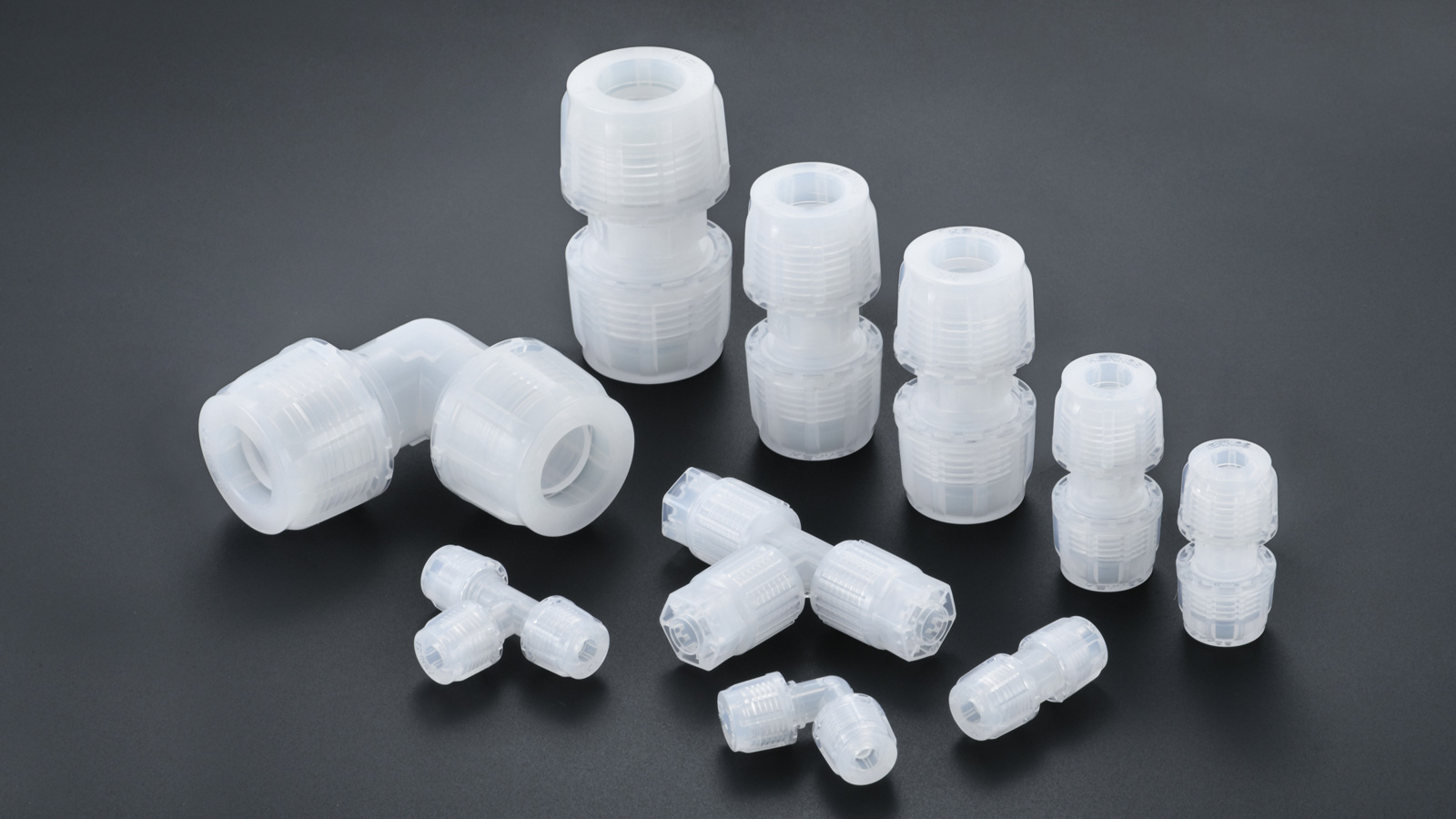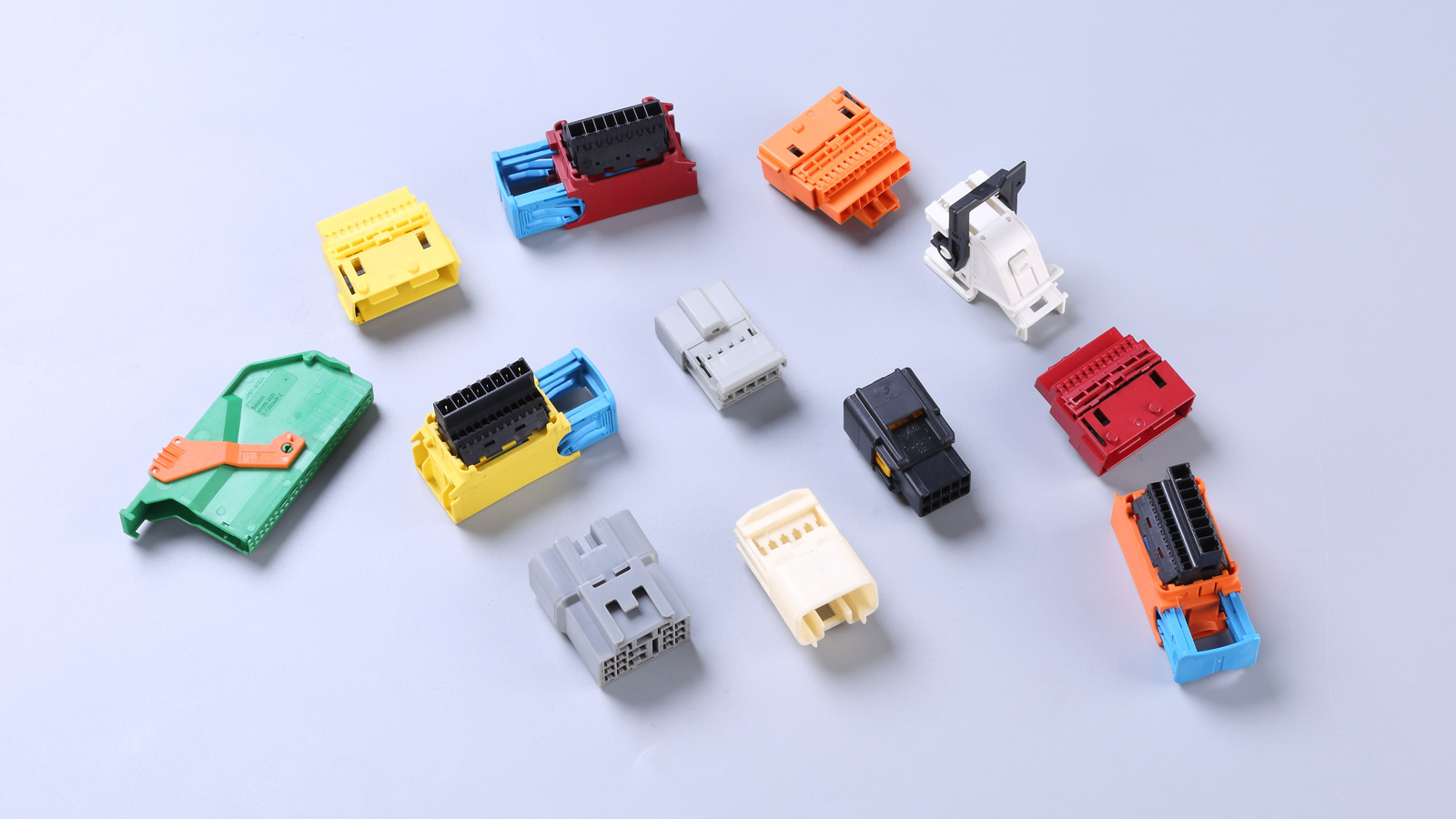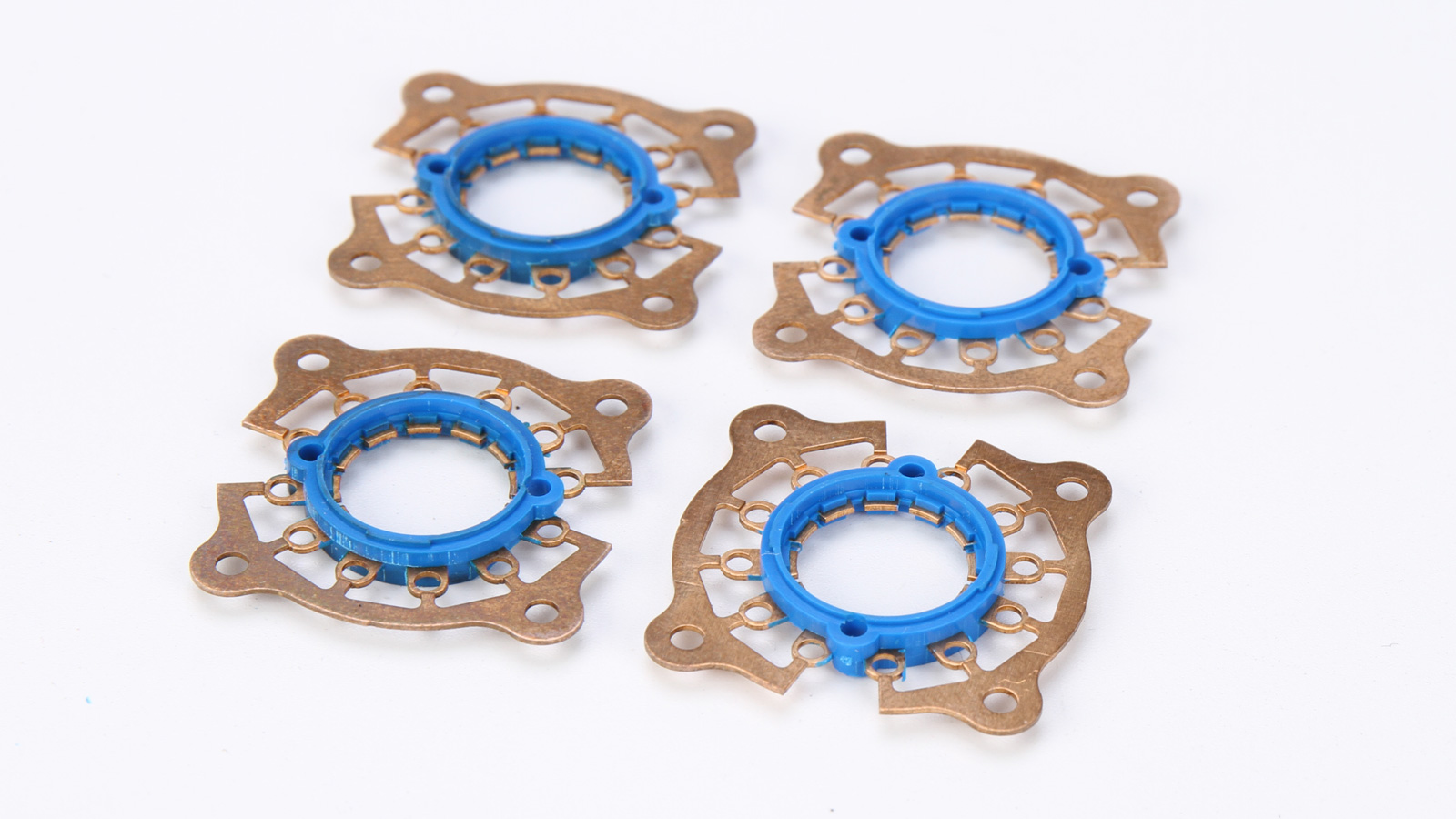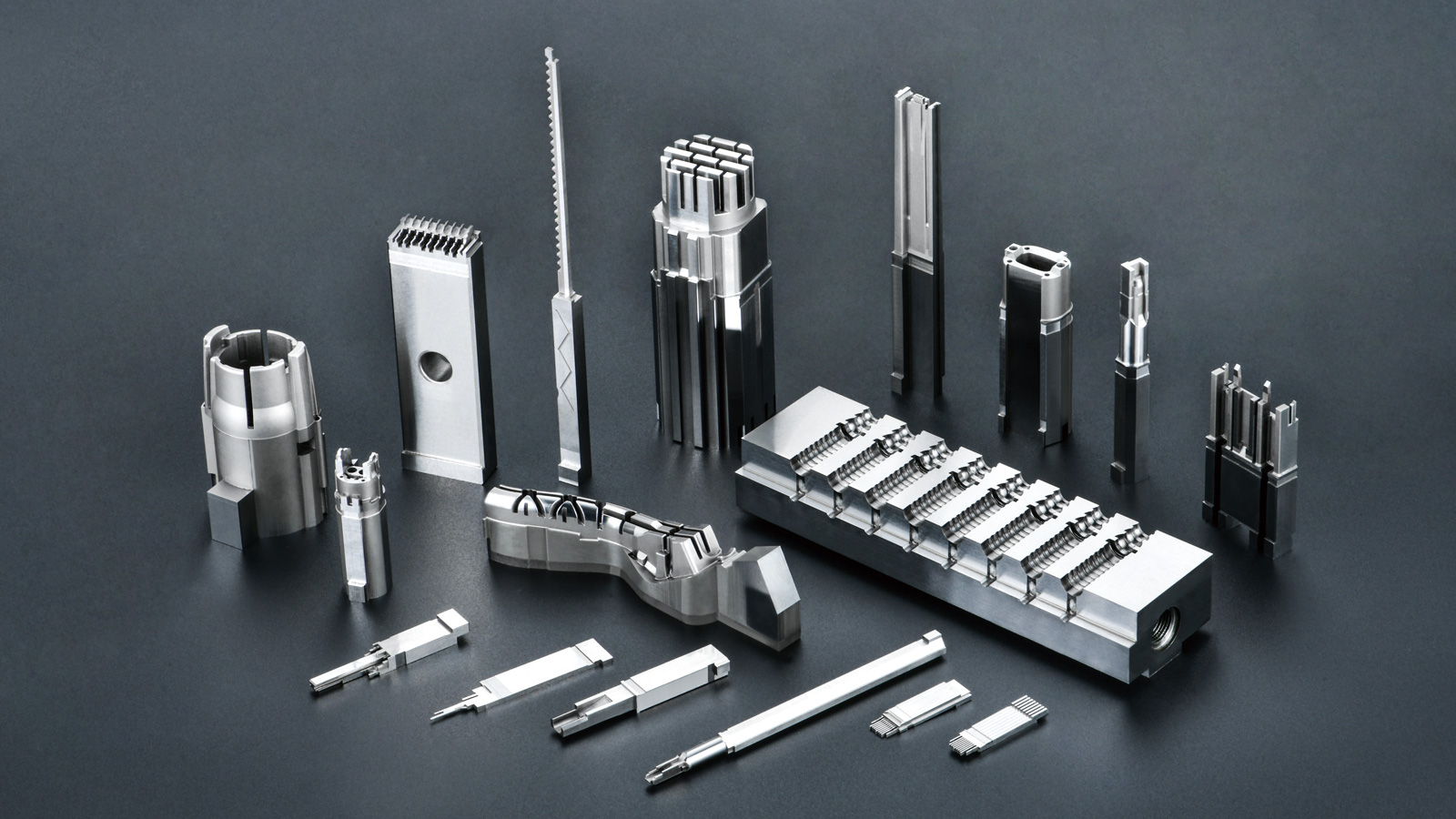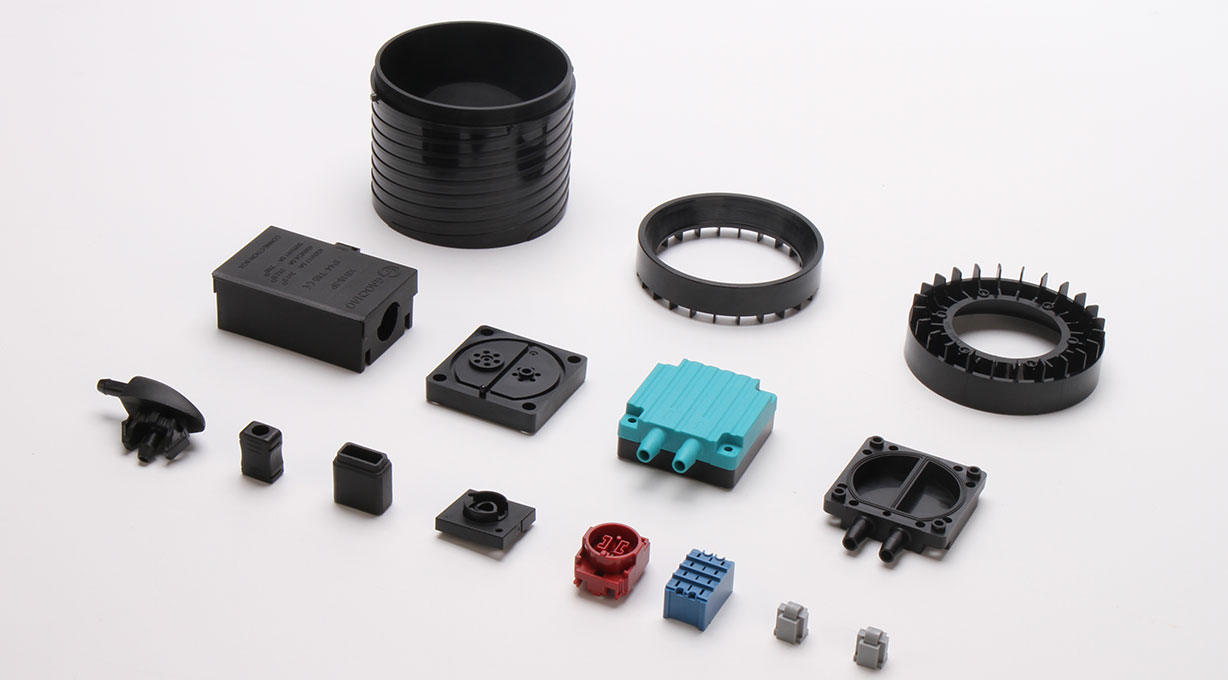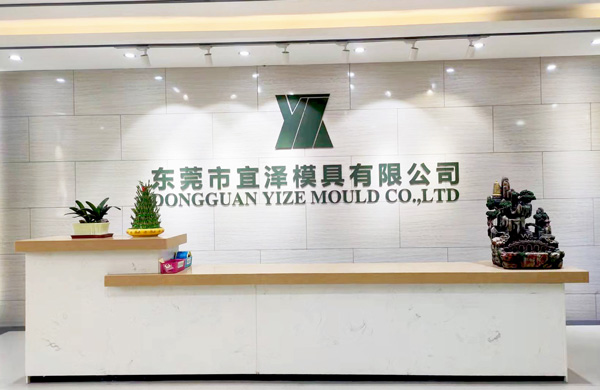In the design of injection molds, the design of the draft angle is a crucial aspect. Its purpose is to enable the plastic part to be smoothly released from the cavity and core during mold opening, effectively preventing the plastic part from sticking to the mold, and avoiding defects such as surface hairiness, scratches, ejection marks, white marks, and deformation on the plastic part during the ejection process. Therefore, with the parting line between the moving and fixed molds as the boundary, the outer surface of the plastic part along the mold – opening direction must have a reasonable and sufficient draft angle. So, what factors need to be considered in the design of the draft angle? Let’s explore in detail below.
I. Factors Related to the Characteristics of the Plastic Part
(1) Shape and Wall Thickness
The selection of the draft angle is closely related to the shape and wall thickness of the plastic part. Different – shaped plastic parts have varying degrees of difficulty in ejection. For example, plastic parts with complex curved surfaces or deep – cavity structures require a larger draft angle to ensure smooth ejection. Wall thickness is also a key factor. Generally speaking, plastic parts with a larger wall thickness have a relatively larger clamping force. This is because thicker plastic has a stronger hugging effect on the cavity and core during cooling and shrinkage, so a larger draft angle is needed to overcome this clamping force and ensure the smooth ejection of the plastic part.
II. Factors Related to the Dimensional Accuracy Requirements of the Plastic Product
When the dimensional accuracy requirements of the plastic product are high, the design of the draft angle needs to be more cautious. An excessively large draft angle may cause significant dimensional changes in the plastic part after ejection, thereby affecting the product’s accuracy and quality. Therefore, in this case, a more appropriate draft angle needs to be determined within the allowable range on the premise of ensuring the smooth ejection of the plastic part. This requires comprehensive consideration of multiple factors such as the mold manufacturing process and the shrinkage characteristics of the plastic, and the optimal draft angle value is determined through precise calculations and practical experience.
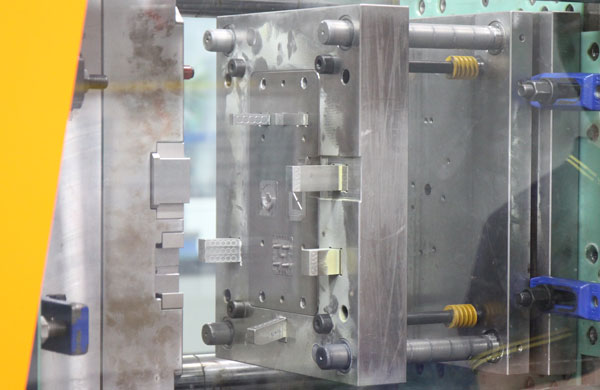
III. Factors Related to the Properties and Shrinkage Rate of the Plastic
The properties and shrinkage rate of the plastic are also important factors that affect the selection of the draft angle. Different plastic materials have different properties and shrinkage rates, which directly affect the molding situation of the plastic part in the cavity and the difficulty of ejection. For example, ABS plastic has a larger clamping force than PP plastic, which means that under the same conditions, ABS plastic parts require a larger draft angle for smooth ejection. Because plastic with a larger clamping force adheres more tightly to the cavity and core during cooling, and a greater friction force needs to be overcome during ejection. Therefore, when designing the draft angle, it is necessary to fully understand the properties and shrinkage rate of the plastic used and reasonably select the draft angle based on these characteristics to ensure the quality of the plastic part and the smooth ejection process.
In summary, the design of the draft angle is a complex process that requires comprehensive consideration of multiple factors. Only by fully considering factors such as the characteristics of the plastic part, dimensional accuracy requirements, and the properties and shrinkage rate of the plastic can a reasonable and effective draft angle be designed, thereby improving the manufacturing quality of the injection mold and the production efficiency of the plastic part.

